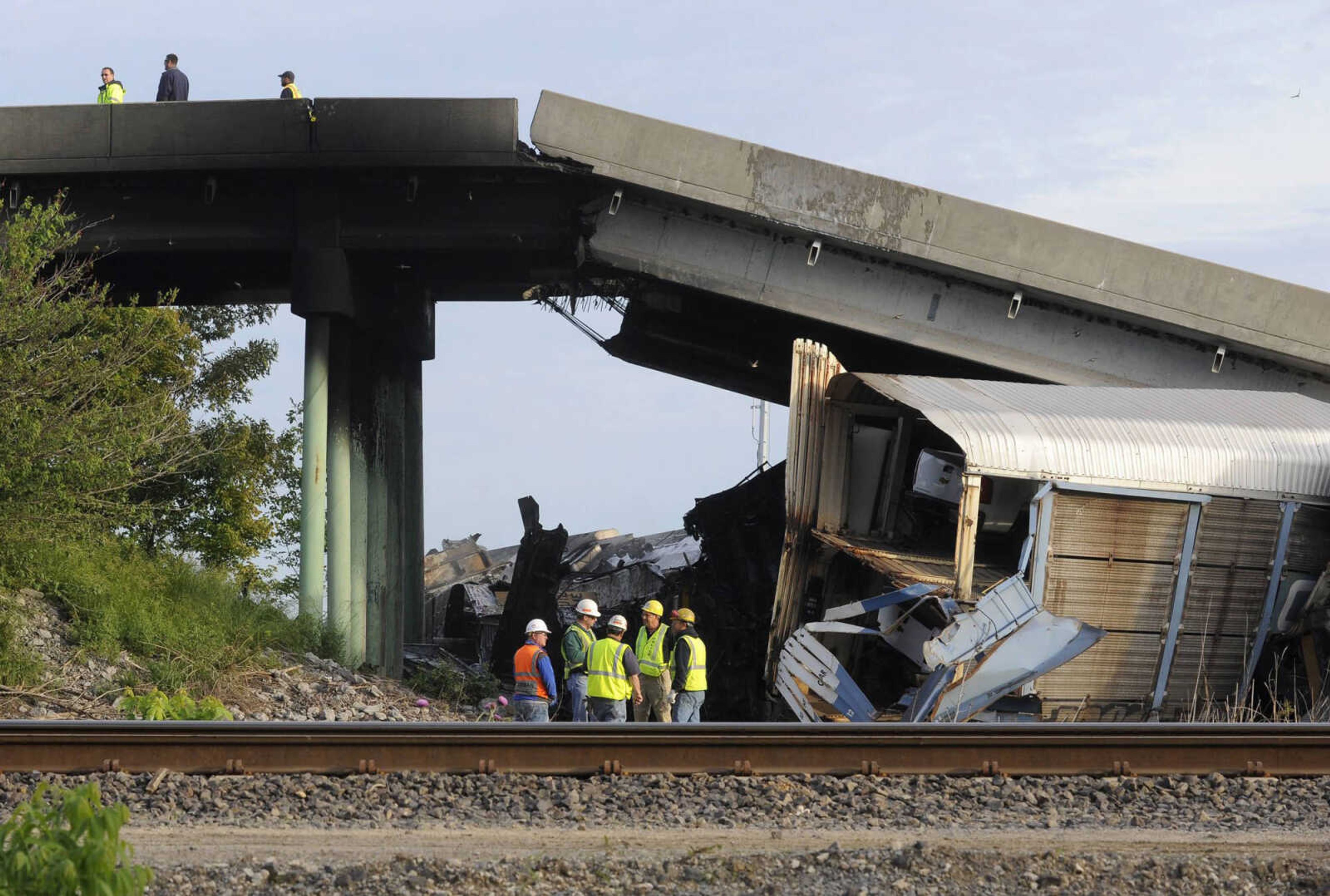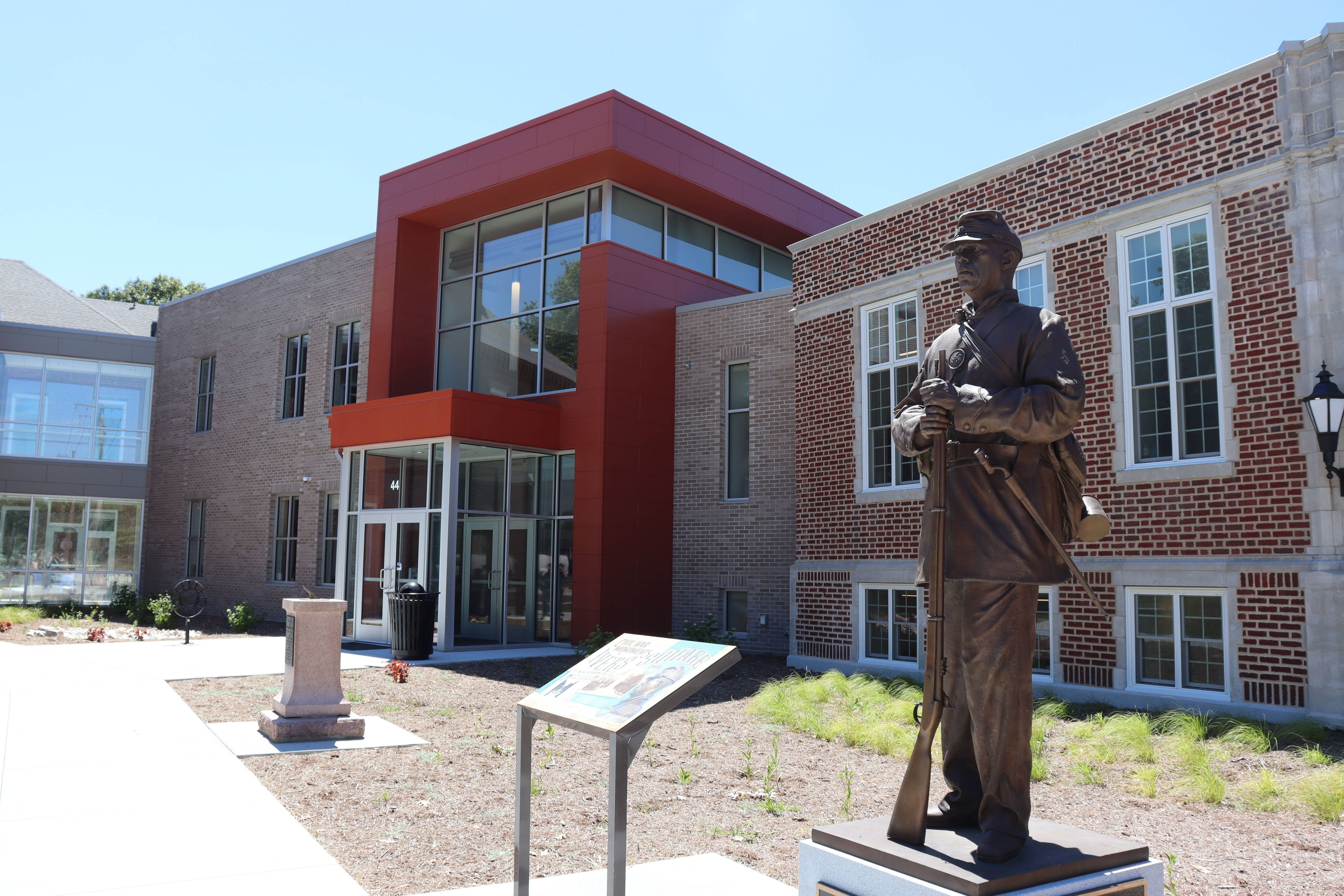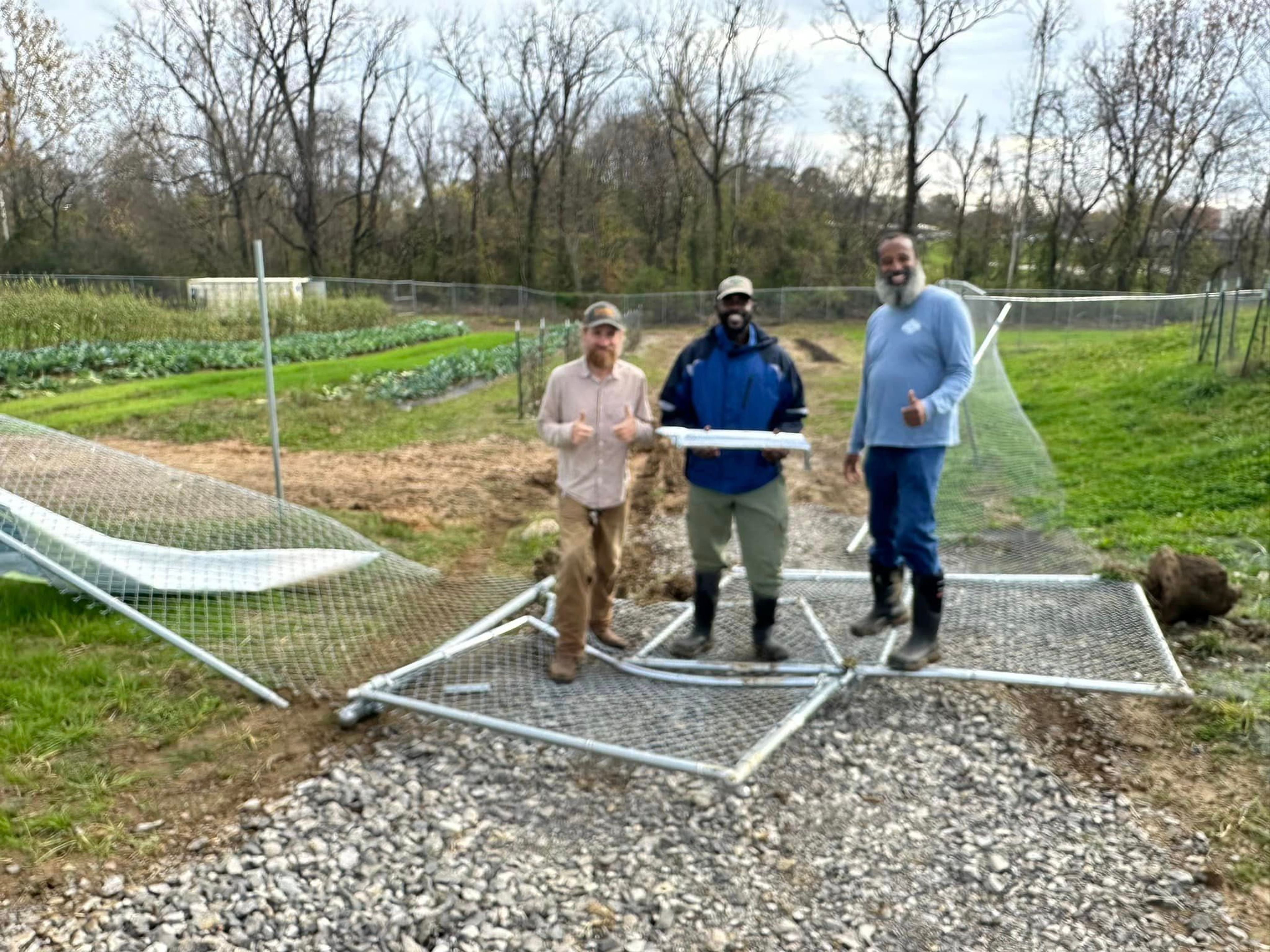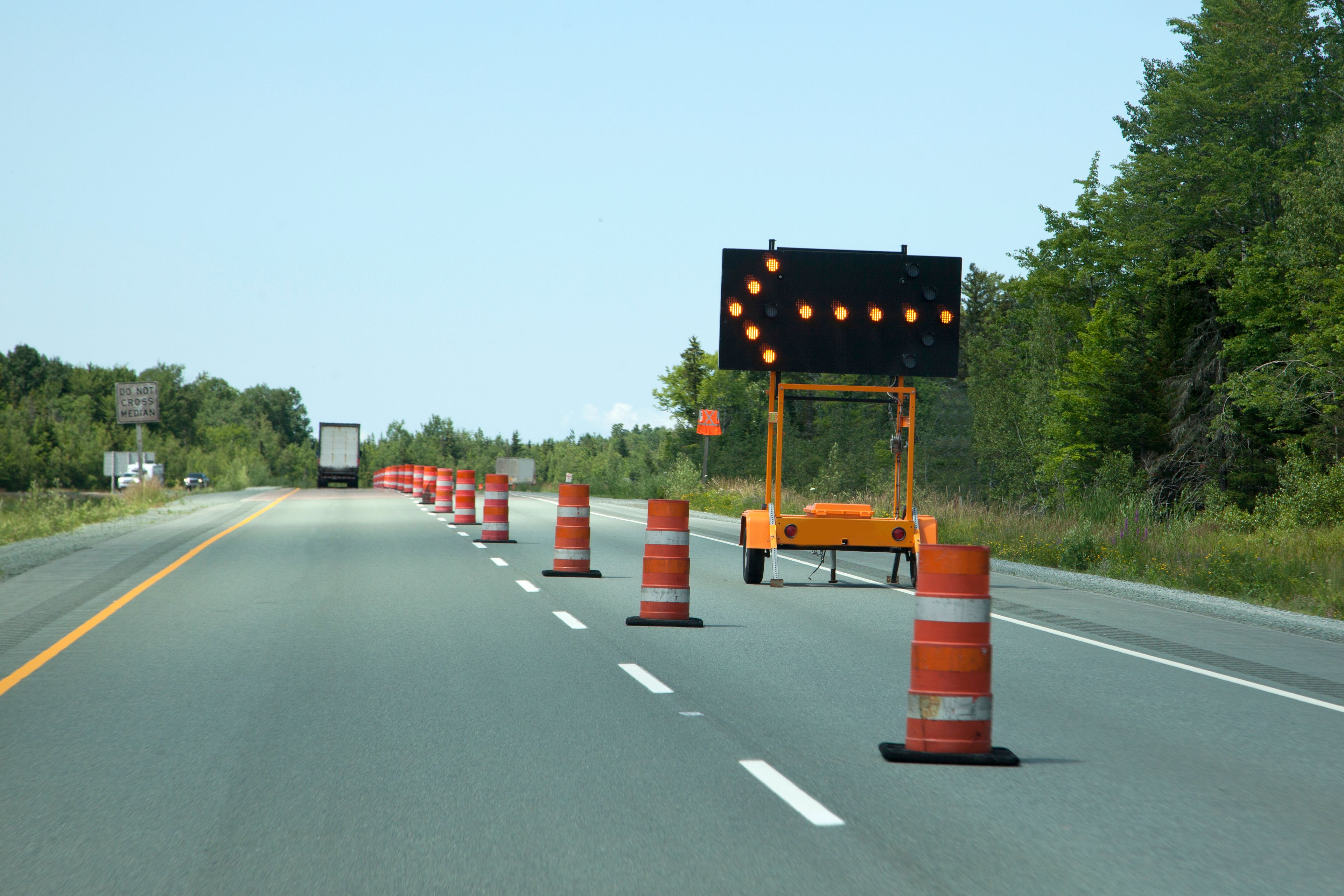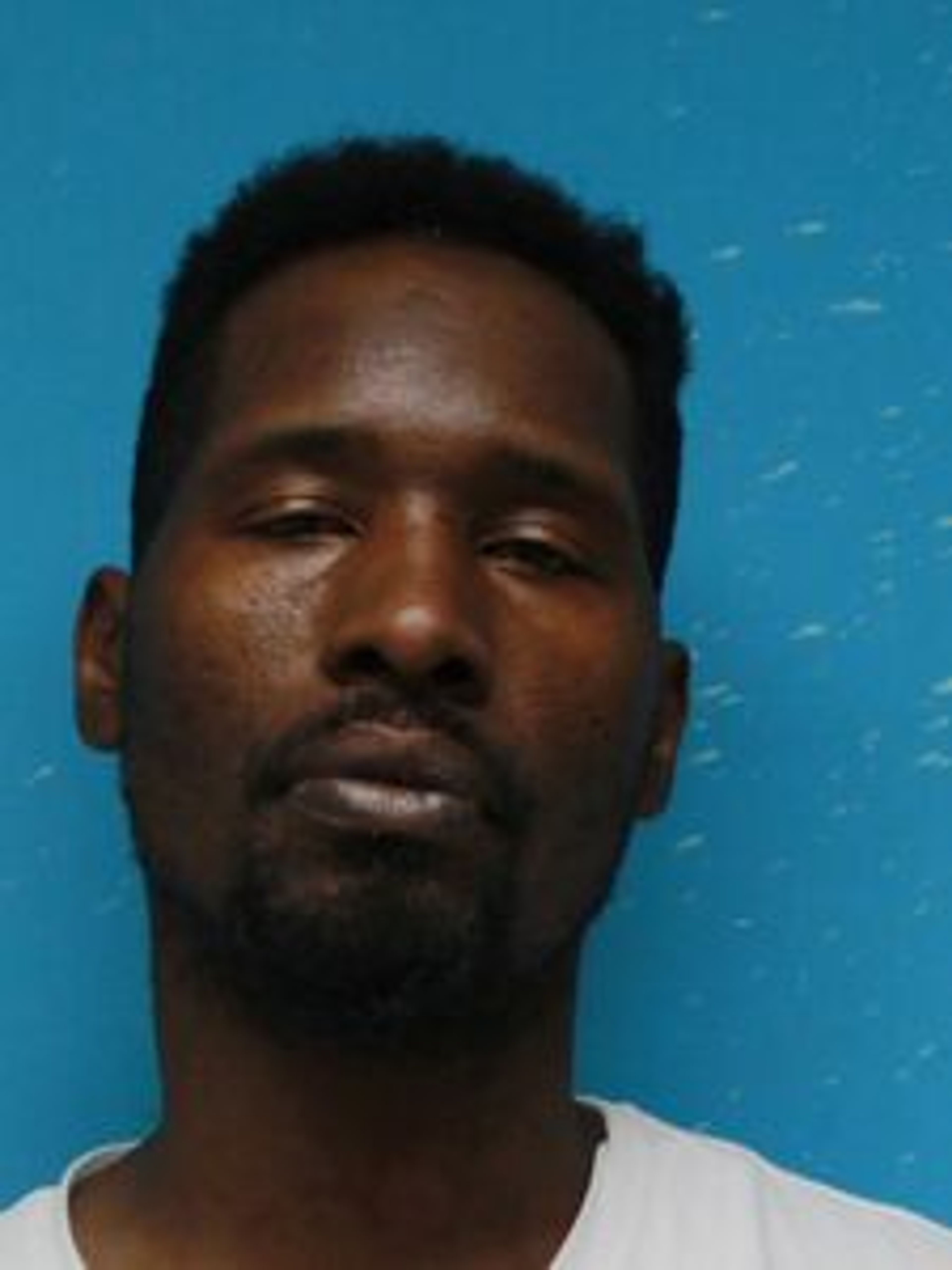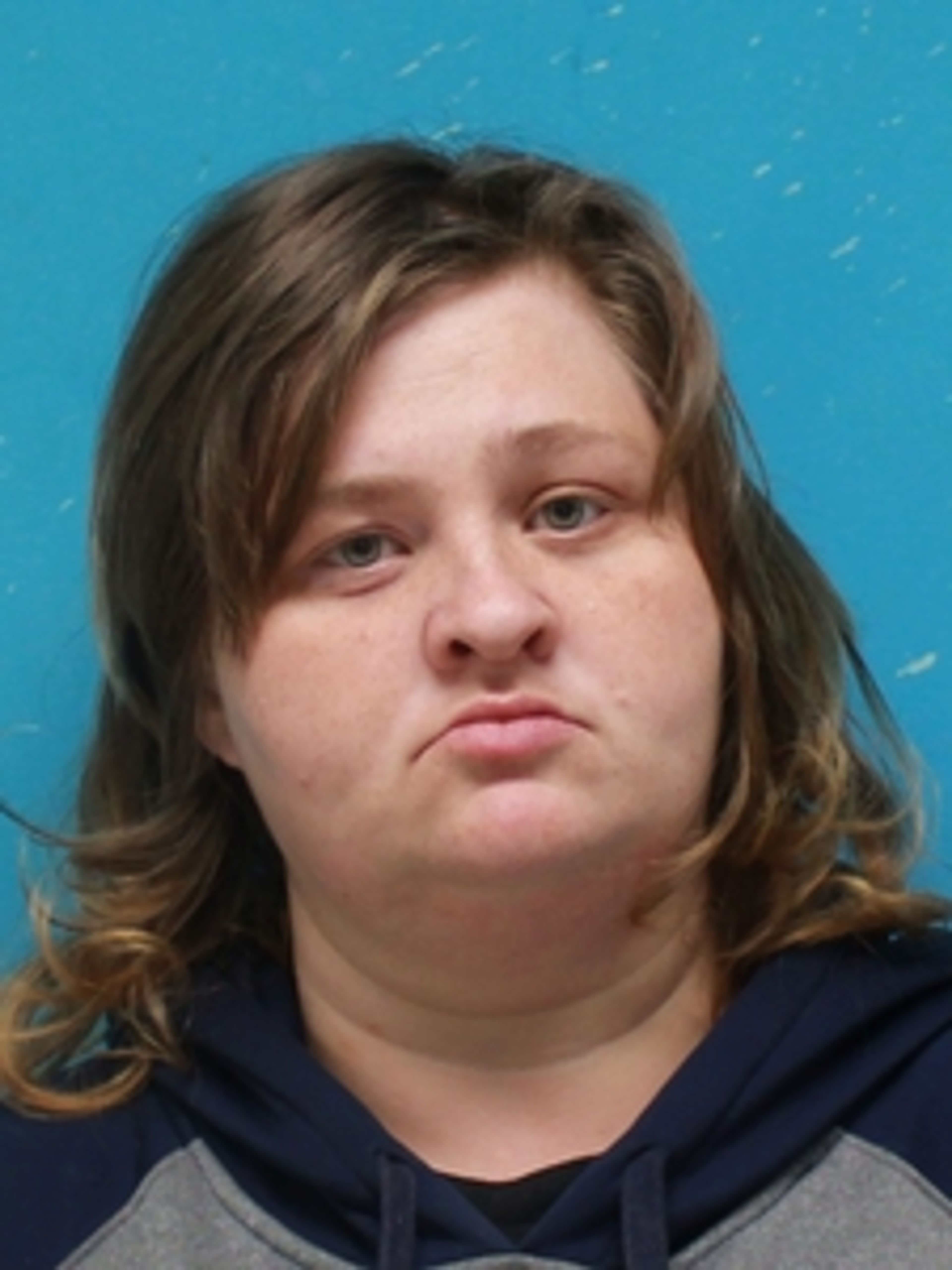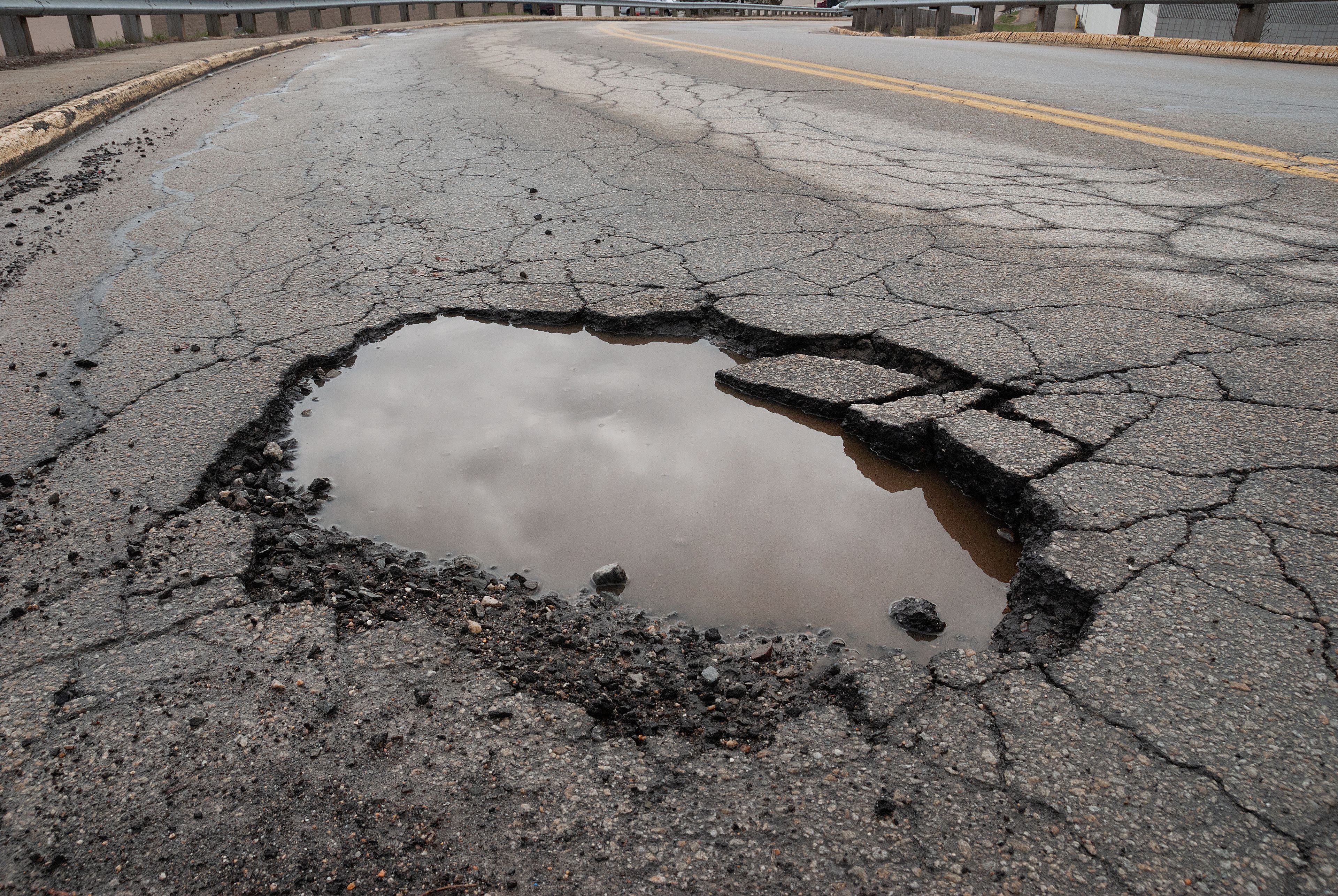NTSB cites fatigue as a factor in Rockview train crash
Erratic shifts and sleep deprivation may have led to a May 25, 2013, train collision near Chaffee, Missouri, the National Transportation Safety Board has reported. The 2:30 a.m. collision between a 60-car Union Pacific train and a 75-car Burlington Northern Santa Fe train at the Rockview Interlocking in Scott County injured seven people -- none seriously -- and forced the closure of Route M for more than three months while crews repaired an overpass that collapsed after derailed train cars crashed into it.. ...
Erratic shifts and sleep deprivation may have led to a May 25, 2013, train collision near Chaffee, Missouri, the National Transportation Safety Board has reported.
The 2:30 a.m. collision between a 60-car Union Pacific train and a 75-car Burlington Northern Santa Fe train at the Rockview Interlocking in Scott County injured seven people -- none seriously -- and forced the closure of Route M for more than three months while crews repaired an overpass that collapsed after derailed train cars crashed into it.
The National Transportation Safety Board, which investigated the accident, determined a Union Pacific conductor and engineer failed to take necessary actions to prevent the collision.
Their performance may have been compromised by fatigue as a result of working erratic schedules in the days preceding the accident.
In its report, the NTSB stated "the following were not factors in the accident: the qualification of the crew members on both trains; the mechanical condition of the trains; the dispatching activities; the signal systems; and alcohol use, drug use and the use of portable electronic devices by the crew members on both trains."
Four signals told the UP train to yield to the BNSF train. The report stated there was no indication of tampering with the signals, which were working effectively and were visible from where the UP engineer and conductor -- whose names were not released -- were sitting.
The UP engineer, who was 58 at the time of the accident, had passed his most recent medical exam and had worked for various railroads since 1974. Records indicated he was qualified to operate the train and had passed all necessary tests.
The 33-year-old UP conductor was hired in October 2008.
According to the report, the two had worked sporadic shifts the week of the crash. In the six days before the accident, the UP engineer had worked two 12-hour shifts that began about 1 a.m. and lasted until early afternoon. On May 23, the day after the second long shift, he worked an eight-hour shift that began about 1 p.m. and ended at 9:35 p.m. On May 24 and 25, he worked a night shift, reporting for duty at 9:45 p.m.
The UP conductor's hours began with a day shift from 7:30 a.m. to 3 p.m. May 21. Two days later, he pulled a double shift, the first beginning about midnight and ending nearly 10 hours later, and the second beginning at 11 p.m. and ending at 3:21 a.m. On the day of the accident, he worked a night shift, reporting for duty at 9:45 p.m.
Because of these varied work schedules, crew members' sleep patterns were unpredictable, inconsistent and disruptive to normal circadian rhythms, the NTSB report stated.
The conductor told the NTSB he saw the first signal while writing in his logbook and called it out to the engineer, who repeated it back to him. At the second signal, where the train was supposed to slow to 30 mph, the conductor said he had no reason to believe it hadn't. At that signal, he asked the engineer his speed, and the engineer replied, "30-something," the conductor told the NTSB.
The conductor told investigators he didn't notice anything out of the ordinary until the train approached the interlocking. By the third signal, he did not think the train was slowing as it should, and he used the emergency brake valve to stop the locomotive. The UP train struck the passing BNSF train shortly thereafter at a speed of 43 mph, the report stated.
"It is unclear why the conductor did not take action sooner to slow and stop the train," the NTSB report stated.
The reported noted the engineer's incorrect response to the conductor's question about the train's speed and noted the UP train did not activate its horn at the last highway-railroad crossing before the collision, as required.
Ten minutes before the collision, however, the horn was activated many times, although there was no unusual activity on the tracks at the time, the report stated.
The engineer told investigators the last thing he remembered before the crash was talking to the conductor. His next memory was of waking up with the conductor over him, calling his name.
Before the crash, the engineer said he was having trouble with names and words and would lose track of what he was saying during sentences.
He classified his unaccounted time as a "diabetic blackout," but the final medical diagnosis was a "neurogenic spell-questionable syncope; transient global amnesia."
Essentially, the engineer blacked out and developed temporary amnesia.
The engineer refused voluntary testing for a sleep disorder after the accident. The conductor told investigators he did not believe the engineer had fallen asleep.
The NTSB recommended UP "develop and implement an accelerated schedule for delivering crew resource management training to all employees in safety-sensitive positions."
Information officer Mark Davis of Union Pacific said his team had not evaluated all the data as of Friday, and he would have more information after speaking with the safety team.
"(We plan to) analyze recommendations (by the NTSB) and determine which ones have already been implemented," Davis said.
smaue@semissourian.com
388-3644
Connect with the Southeast Missourian Newsroom:
For corrections to this story or other insights for the editor, click here. To submit a letter to the editor, click here. To learn about the Southeast Missourian’s AI Policy, click here.

